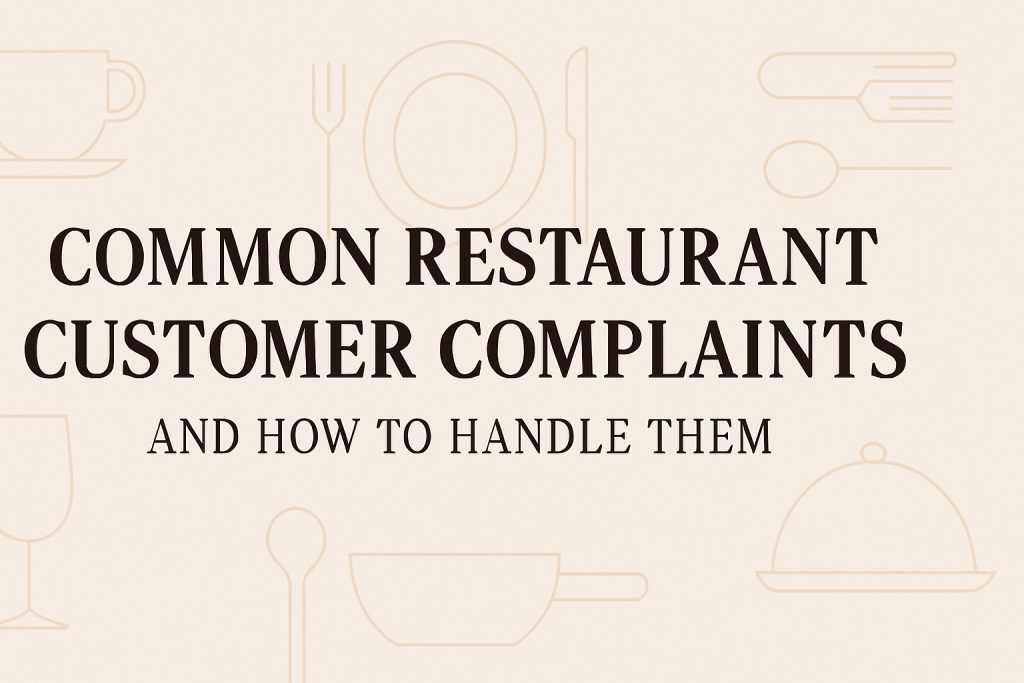Running a successful restaurant business involves more than just serving delicious food. Understanding the value of your customers is essential for long-term growth and profitability. One crucial metric to measure customer value is the Customer Lifetime Value (CLV). In this article, we will explore why CLV is important and provide a step-by-step guide on how to calculate it for your restaurant.
Why Calculate Customer Lifetime Value?
CLV allows you to determine the total revenue a customer will generate over their entire relationship with your restaurant. By knowing the CLV, you can make informed decisions about marketing strategies, retention efforts, and customer acquisition costs. It helps you understand the financial impact of each customer and tailor your business strategies accordingly.
How to Calculate CLV?
Define the Period
Begin by deciding on the period for which you want to calculate the customer’s lifetime value. This could be months or years, depending on your preference and the average lifespan of your customers.
Example: If you choose a year as your period, you will be calculating the expected revenue a customer brings to your restaurant over a year.
Gather Customer Data
Collect data on customer transactions, including the frequency of visits, average transaction amount, and customer acquisition costs. Your restaurant’s POS system and customer relationship management (CRM) software will be valuable sources of this information.
Example: Transaction data could include the total amount spent by a customer on each visit, how often they visit, and the cost associated with acquiring that customer.
Calculate the Average Transaction Value
To calculate the average transaction value, divide the total revenue generated from customer purchases by the number of transactions over the defined period. This will give you an idea of how much a customer spends on average during a visit.
Example: If a customer spends $1000 in total over 10 visits in a year, the average transaction value would be $100 ($1000 / 10).
Determine Purchase Frequency
Calculate the average number of times a customer visits your restaurant within the specified period. Divide the total number of visits by the number of unique customers during that period.
Example: If a customer visits your restaurant 15 times a year, the purchase frequency is 15.
Calculate Customer Lifetime
To obtain the customer lifetime, divide the total number of years or months in the defined period by the purchase frequency. This will give you an estimate of how many times a customer is expected to visit within their lifetime as your customer.
Example: If the chosen period is a year and the purchase frequency is 15, the customer lifetime would be 1/15, suggesting the customer is expected to visit roughly once every 0.07 years or approximately once every 4.7 weeks.
Calculate Customer Lifetime Value
Multiply the average transaction value by the purchase frequency and then by the customer lifetime. This will provide you with the estimated CLV for each customer.
Example: Using the earlier values, if the average transaction value is $100, the purchase frequency is 15, and the customer lifetime is 1/15, the CLV would be $100 * 15 * (1/15) = $100.
Understanding and calculating your restaurant’s Customer Lifetime Value is crucial for making informed business decisions. By knowing the value of each customer, you can allocate marketing budgets effectively, implement strategies to increase customer loyalty, and optimize customer acquisition efforts. Remember to regularly review and update your CLV calculations as customer behavior and spending patterns may change over time. Ready to unlock the true value of your restaurant’s customers? Start calculating your Customer Lifetime Value today and take your restaurant business to new heights.



